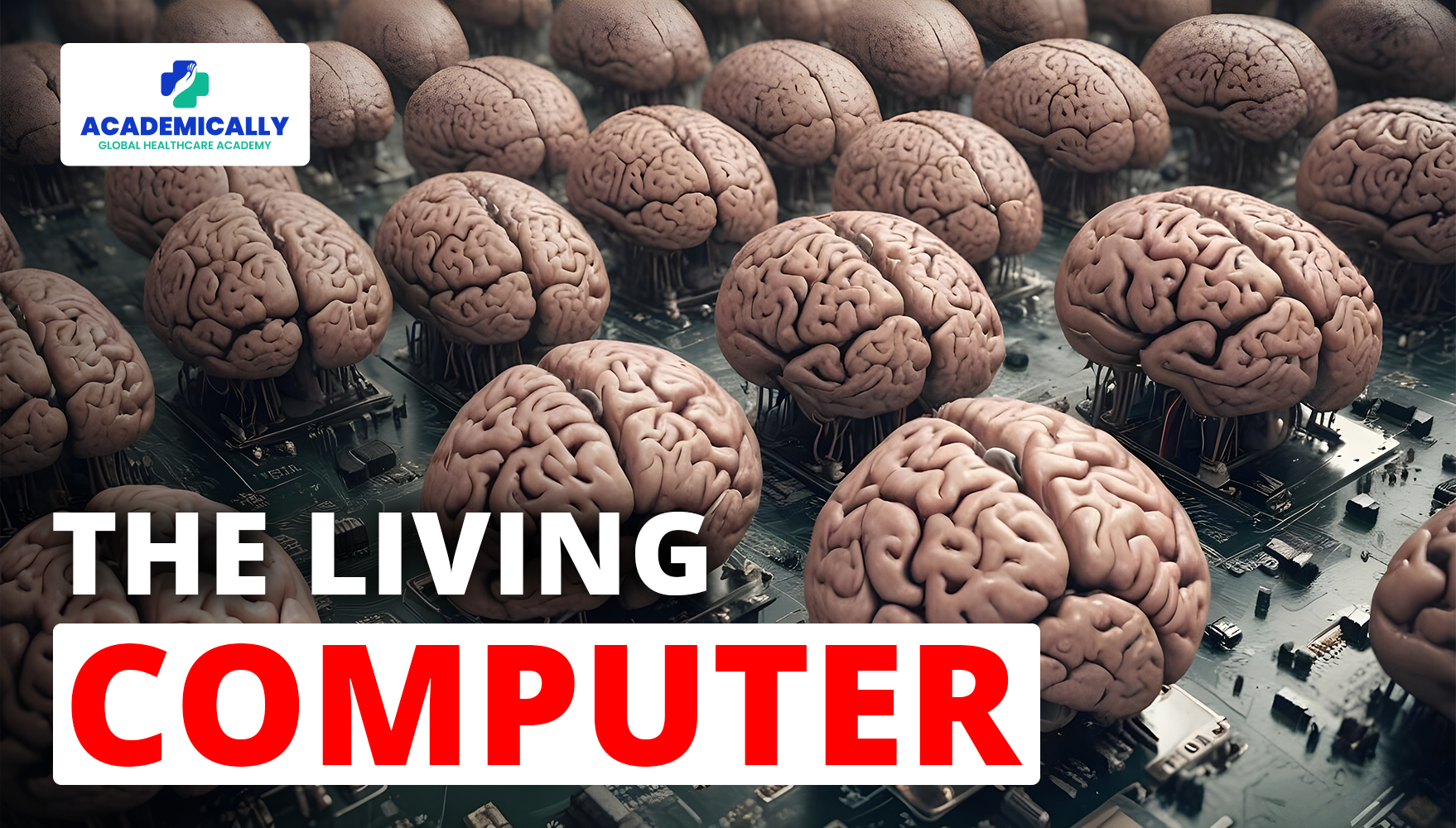How does Neuroplatform work ?
Imagine a computer that doesn't rely on the usual silicon chips but instead uses real, living brain cells to process information, Neuroplatform is just that. Here’s how it works:
- Tiny Brains: FinalSpark grows small clusters of brain cells from human stem cells. These clusters are called brain organoids, which are like miniature versions of human brains.
- Living Processor: These mini brains are kept alive in a special environment, allowing them to function like tiny computer processors.
- Connecting to Computers: FinalSpark uses special electrodes to connect these brain organoids to traditional computer systems. These electrodes read the signals from the brain cells and translate them into digital information that the computer can understand and process.
Why We Need Living Computers Now
The need for Living Computers is described by FinalSpark aims to cut down on the pollution caused by data centres, which are large buildings full of computers that run the internet. They want to do this while still improving technology, helping fight climate change and make tech more eco-friendly.
Did you know that data centres use about 1% of the world’s electricity, which is the same amount of energy consumed by a small country? This high energy use significantly contributes to greenhouse gas emissions and climate change.
- Energy Efficiency: These living processors use much less energy than traditional computer chips. According to a scientist at FinalSpark, they can do the same work using a million times less energy. This makes them much more efficient and better for the environment.
- Environmental Impact: Traditional data centres use a lot of electricity and produce a lot of greenhouse gases. By using living brain cells instead, FinalSpark's method can help reduce this environmental damage.
- New Research Opportunities: With this living computer, researchers from anywhere in the world can study artificial intelligence and other complex subjects without needing a lot of expensive equipment.
- Improved AI Models: Living brain cells can make AI programs smarter and more flexible, improving their ability to handle different tasks.
Exciting Applications and Future Possibilities
FinalSpark’s Neuroplatform has a lot of exciting potential. By providing remote access to this living computer, FinalSpark is enabling researchers all over the world to conduct studies in artificial intelligence and other fields without needing a lot of physical equipment. This means researchers can work on complex projects and explore new ideas from anywhere.
The technology also has the potential to make artificial intelligence even better. Because living neurons work differently from traditional computer chips, they could help AI systems become more flexible and effective in handling a variety of tasks. This is especially useful as AI companies look for new ways to manage the growing demands on their data centres.
Overall, FinalSpark’s Neuroplatform offers a new and potentially revolutionary way to advance technology. By combining biological and digital systems it provides a fresh alternative to traditional computing methods and could greatly change how AI and other fields develop in the future.
The Path Forward
As FinalSpark works on improving its Neuroplatform, they plan to team up with other researchers and institutions to advance biological computing. This teamwork could lead to exciting new discoveries and uses for living computers.
In a world where data centres are facing growing concerns over carbon emissions and using up a lot of resources, FinalSpark’s living computer offers a promising and innovative solution. By combining biological and digital systems, they’re not only pushing the limits of technology but also helping create a more eco-friendly future.
Conclusion
The birth of living computers, such as FinalSpark's Neuroplatform, represents a major breakthrough in computing technology. Unlike traditional computers that rely on silicon chips, these new systems use biological components, such as living brain cells. This approach offers significant benefits, including much greater energy efficiency and reduced environmental pollution.
Traditional computers consume a lot of energy and contribute to pollution, but living computers use far less power and are more eco-friendly. As research and development in this field progresses, living computers could greatly improve how we approach artificial intelligence and other areas of technology. Their unique capabilities could lead to more advanced and efficient AI systems and open up new possibilities for technological innovation. Overall, living computers have the potential to reshape the future of technology in a positive and impactful way.
For those amazed by this union of biology and technology, the journey of FinalSpark and its innovative Neuroplatform is one to watch closely. The fusion of living neurons with digital systems marks a new era of computing, one that promises to be both more efficient and more eco-friendly.
To stay updated on the latest advancements in neurology, which is an important topic for USMLE, PLAB and AMC examinations, visit Academically. Academically offers a wealth of resources, articles, and expert insights into the latest innovations in science. Whether you're a researcher, student, or enthusiast, Academically is your go-to platform for staying informed.

